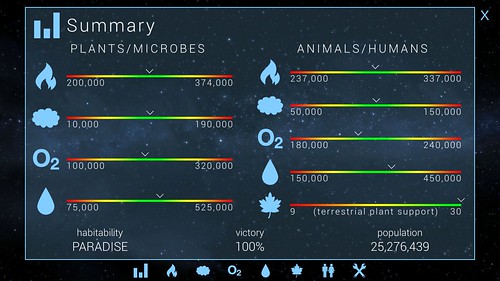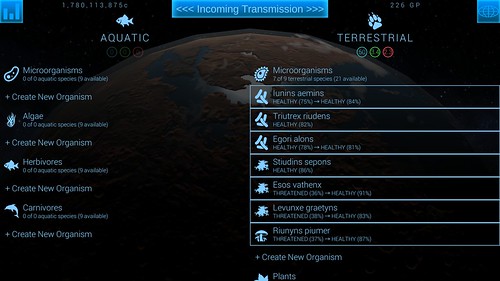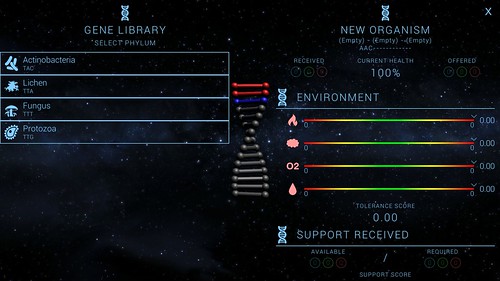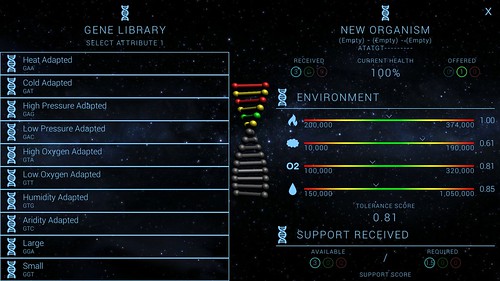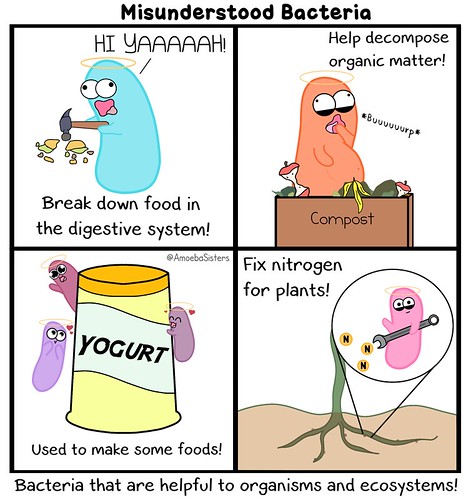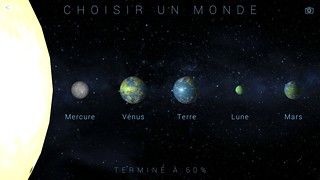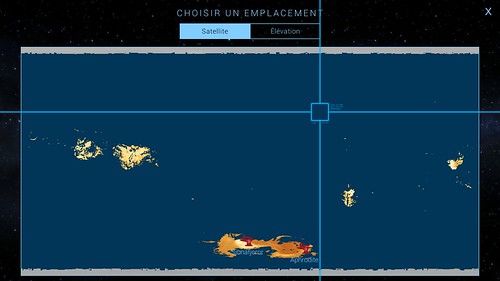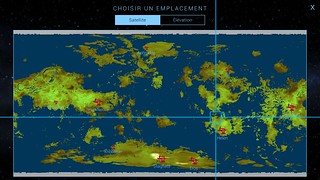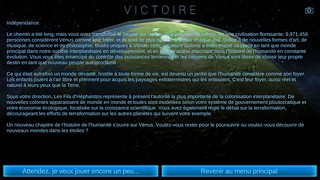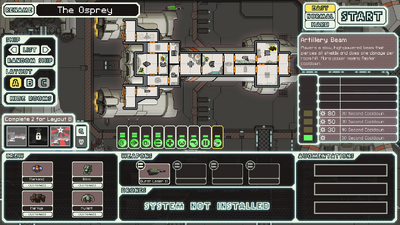In part 1, we managed to build your first organism, now let dial that to 11 and engineer the whole planet ecosystem.
Getting habitability
Since the requirement for habitability is just for terrestrial plant support, we can start by focusing on that instead of building both aquatic and terrestrial biosphere. Let’s assume you have enough species slot from you environmental building, the amount of species you need depends on how much support they will give. You can probably go around six microbial species for this for the moon/mars if you follow this guide. Keep in mind that it depends from planet to planet (or moons) since the moon need between 3- 10 and Mars 6-20 and since it’s support that needed not number of species, you might just have 2 species of on the moon and be fine (if they give 3-4.5 support each). Note since the skyfarm get rid of the biosphere requirement, you may use easy route if your goal is just habitability.
Get those microbes everywhere
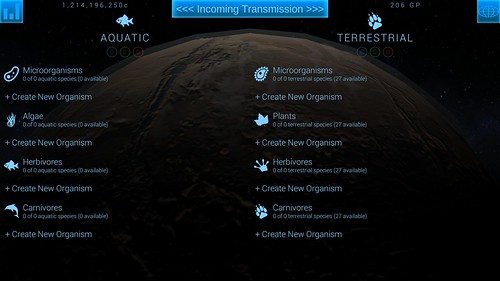
Our colonist will need plant and those plant will need microbial support. Good thing that in our previous entry we built a microorganism from scratch. Now we can do the same thing until we have enough support for our plant and some extra if you want those microbe that give credit. There are two main way to increase support. The first is by selecting a phylum that give support so either actinobacteria or fungus. Both give a base bonus of +50% to support. However species of the fungus phylum are less tolerant to arid environment (-15% tolerance low water). The second way if my selecting a gene attribute that boost support, for microorganism this mean either the Large gene (+50% support) and the Nitrogen Fixing. You can combine both ways them together and even stack attribute gene to give super organism that can give up to 10 of support. Since you cannot have organism with the exact same sequence you can mix large gene and nitrogen fixing to get more variety and still have a lot of support. Here, some example of the gene sequence you can build with high support that we repeat for each phylum.
Legend : L = large gene attribute NF = nitrogen fixing XX = low atmosphere tolerance, YY = low water tolerance (for fungus), AN = any
Actinobacteria = L-L-L, L-L-NF, L-NF-XX, L-L-AN, NF-L-AN (and if your feeling it L-NF-NF, NF-NF-XX)
Fungus = L-L-L, L-L-NF, L-NF-NF, LNFXX, L-NF-YY, L-L-AN, NF-L-AN (and if you’re feeling it L-NF-NF, NF-NF-XX)
Lichen = Same as actinobacteria, you might be able to pull off a L-NF-NF or NF-NF-XX because of the +10% tolerance bonus lichens has.
Protozoa = Same as actinobacteria
I don’t really like the using NF twice in a gene, but if you’re comfortable with it just go for it.
Honestly my first batch look like this:
Protozoa/actinobacteria/Lichen = L-L-L, L-L-NF, L-NF-XX, L-L-AN, NF-L-AN
Fungus: L-L-L, L-L-NF, L-NF-XX, L-NF-YY, L-L-AN, NF-L-AN
Total support: around 50+
You can even get 64 of support with one microorganism

With this you will be getting multiple high support microorganism quickly, invest money in them to give them better odds of surviving.
Now you can unpause the game if you want to see if they survive and let them grow a bit.
Once your microbes are thriving let get some plant to get our habitability requirement.
If you have Lagrange Academy or a few culture points you’re willing to spare, you can go in the culture screen and add a few points to increase biomass.
This will increase the birthrate of all you species.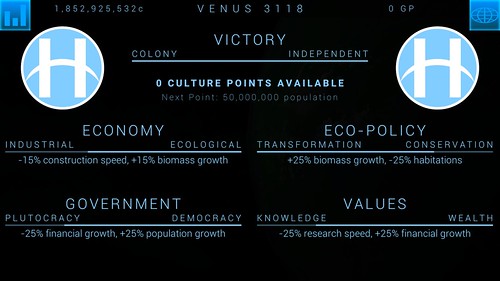
Going Green

Now that we have a microbial ecosystem, let have some plant take advantage of it.
We’ll focus on terrestrial plant since they are the ones we need for habitability, but the principle work the same way for aquatic plant.
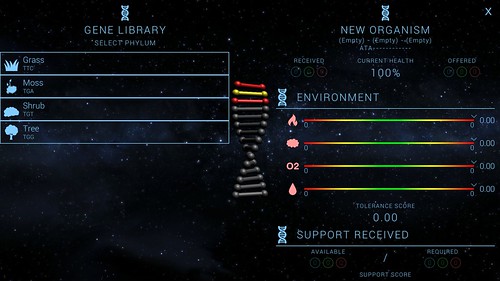
Tree require more support, but give more support. However, the extra o2 can be a pain to manage.
Shrub have a +50% birthrate and require less support (-25% required) Moss +15% low temps resistance -15% low water tolerance are not super useful if you have the Soletta satellite since your temperature is usually just right.
Grass +2 pop grow&+1000c/min can be cost effective if you reinvest that 1000c/m in their health or just let them make money for you.
Usually I got with a mixture of tree and scrub maybe a few grass to start, if you’re feeling frisky about the extra o2 pumping in your atmosphere, you could always go for a mixture of scrub and grass initially.
Adding genes to your plant
Stacking large gene is not has good has with Microbes because now they will increase the support required too.
If you really want gene that give support, look at the fruit bearing gene first. Similar to large gene but it give an extra +2 to population.
You can mix them together to have four species that have +150% support.
Other interesting gene
Cash crop: +2000c/m -30 low water tolerance, this gene is a nice addition for plants, except maybe for moss since they already have -15% low water tolerance.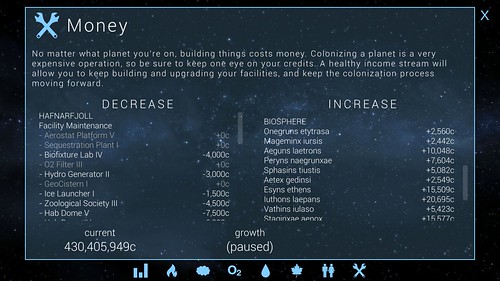
If you stack 3 fruit bearing genes together (or a mix of fruit bearing and large gene) you’ll get about +150 support (+200% for tree) but +150% support required. Which is about 14 support required per species (20 for tree) and 3.4 (4 for tree) support given.
Not sure my math is right, but that what I’ve observed creating my plants. You can add some cash to increase their health and remove it once they get over 100%.
Since you can mix the Large (L) gene with the fruit bearing gene (FB) you can get 4 combination with +150%.
L-L-L, L-L-FB, L-FB-FB, FB-FB-FB
WIth 4 plant type you get up to 16 species with high support, but beware of the support they need from your microbes however.
Side note: In order to give the maximum of support a species need to be health at 100% or more.
Create a few gene to get to your 10 or 20 of support for habitability and you are now habitable.
That mean you need about 3 species on the moon, 5-6 on mars to be habitable if you create high support plant like I’ve explain here.
Road to Paradise
Paradise is actually simple to acheive. You just need to be within 5% of all the goals and have enough support from your plant to be way right.